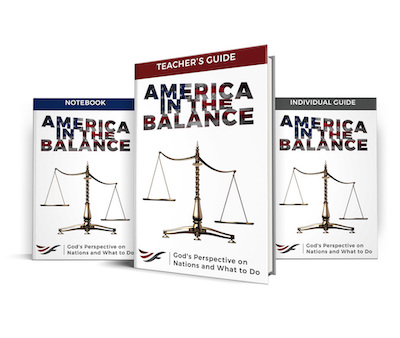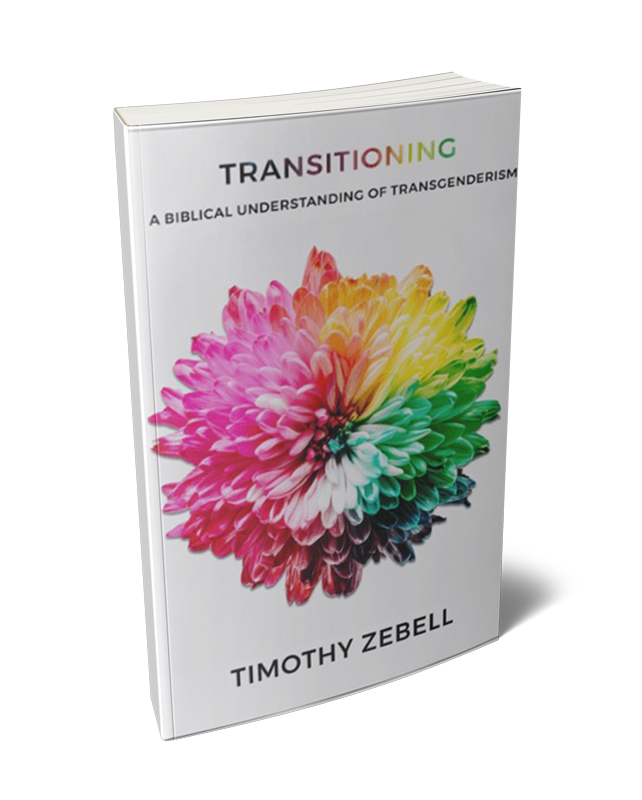“They” is the Merriam-Webster 2019 word of the year.[1] “The shifting use of they has been the subject of increasing study and commentary in recent years,” writes Merriam-Webster. “Lookups for they increased by 313% in 2019 over the previous year.”[2]
To those paying attention, this comes as no surprise. In October the updated and revised Publication Manual of the American Psychological Association (APA) embraced the use of “they” as a singular pronoun, rather than plural, “because it is inclusive of all people and helps writers avoid making assumptions about gender.”[3] Renown for setting the benchmark for effective communication,[4] the APA boldly declared, “The singular ‘they’ is a generic third-person singular pronoun in English.”[5]
Similarly, the oldest dictionary publisher in the United States, Merriam-Webster, made headlines[6] when it added to its definition of “they” the new meaning, “used to refer to a single person whose gender identity is nonbinary.”[7] “Nonbinary” is defined by Merriam-Webster as “relating to or being a person who identifies with or expresses a gender identity that is neither entirely male nor entirely female.”[8] According to the New York Times, “Nonbinary gender identities include androgyne (a combination of masculine and feminine), agender (the absence of gender), gender-fluid (moving between genders) and third-gender (a gender not related to the binary genders).”[9]
In July Farhad Manjoo, an opinion columnist for the world’s most influential newspaper—the New York Times, encouraged his readers to “abandon unnecessary gender signifiers as a matter of routine communication.”[10] According to Manjoo, “The singular ‘they’ is inclusive and flexible, and it breaks the stifling prison of gender expectations,” so he exhorts, “Be a ‘him’ or ‘her’ or anything else in the sheets, but consider also being a ‘they’ and ‘them’ in the streets.”[11]
As influential voices and reputable resources increasingly advocate tolerance toward those who are confused regarding their gender, it becomes imperative that we recognize the reality of gender and gendered language as a matter of God’s revelation to mankind. Clearly, when left to ourselves, we may become confused about something as fundamental to human nature as gender. As such, God began His special revelation to us by revealing the nature of humanity as consisting of only two distinct and non-interchangeable genders.
The first chapter of the Bible declares that God created all of humanity as consisting of male and female, and this gendered distinction is a part of being created in the image of God: “So God created man in his own image, in the image of God he created him; male and female he created them” (Gen. 1:27). The Hebrew word translated as “man” in this passage means “humanity,” or “mankind.”[12] Thus, Genesis 1:27 reveals that God made mankind in His own image, and mankind was created as consisting of only two categories—male and female.
“Male” in Genesis 1:27 is the Hebrew word zakar which, according to The Complete Word Study Dictionary, is “a masculine noun indicating a man, male, human. It indicates a person as male as opposed to female (Gen. 1:27; Lev. 18:22). … In its collective and plural forms, it denotes men (Ex. 13:12; Judg. 21:11; 1 Kgs. 11:15).”[13] Likewise, “female” is the Hebrew word neqebah which is simply “a feminine noun meaning female.”[14] Again, according to Genesis 1:27, God created mankind, and these human beings are subdivided into two, and only two, distinct categories—male and female.
Throughout the remainder of the creation account and the rest of Scripture, God reveals the ways in which gender reflects His image and why gender is integral to God’s purpose and design for creation. Gender is not a social construction. Gender and its accompanying gender roles exist because mankind has a unique purpose and responsibility before God.
Perhaps we should expect those who deny God and His revelation to become confused (Rom. 1:8–32), but we who call ourselves Christians have no excuse for our confusion, and we cannot participate in this foolishness. Gender matters to God, and we cause Him offense when we promote uncertainty through the use of pronouns intended to obfuscate one’s gender and tolerate a false gender identity.
Free Downloads
Share...
1. “Merriam-Webster’s Words of the Year 2019.” Merriam-Webster, n.d. Accessed December 10, 2019. https://www.merriam-webster.com/words-at-play/word-of-the-year/they.
2. “Merriam-Webster’s Words of the Year 2019.”
3. “Singular ‘They.’” American Psychological Association, n.d. Accessed December 10, 2019. https://apastyle.apa.org/style-grammar-guidelines/grammar/singular-they.
4. “Seventh Edition of APA’s Best-Selling Publication Manual to Publish in October with a 700,000 First Printing.” American Psychological Association, August 6, 2019. https://www.apa.org/news/press/releases/2019/08/publication-manual.
5. “Singular ‘They.’”
6. Fortin, Jacey. “When Dictionaries Wade into the Gender (Non)Binary.” Style. New York Times, September 20, 2019. Last updated September 22, 2019. https://www.nytimes.com/2019/09/20/style/they-nonbinary-dictionary-merriam-webster.html.
7. Merriam Webster. s.v. “They.” Accessed December 10, 2019. https://www.merriam-webster.com/dictionary/they.
8. Merriam Webster. s.v. “Nonbinary.” Accessed December 10, 2019. https://www.merriam-webster.com/dictionary/nonbinary.
9. Harmon, Amy. “Did I Need to Know What Gender My Nonbinary Interviewees Were Assigned at Birth? Maybe Not.” Reader Center. New York Times, June 2, 2019. https://www.nytimes.com/2019/06/02/reader-center/nonbinary-teens-reporting.html.
10. Manjoo, Farhad. “It’s Time for ‘They.’” Opinion. New York Times, July 10, 2019. https://www.nytimes.com/2019/07/10/opinion/pronoun-they-gender.html.
11. Manjoo, Farhad. “It’s Time for ‘They.’”
12. Baker, Warren and Eugene Carpenter. The Complete Word Study Dictionary: Old Testament, H#121, 16. Chattanooga: AMG Publishers, 2003.
Unless otherwise noted, all Scripture quotations are taken from The Holy Bible, English Standard Version, copyright ©2001 by Crossway Bibles, a publishing ministry of Good News Publishers. Used by permission. All rights reserved.









